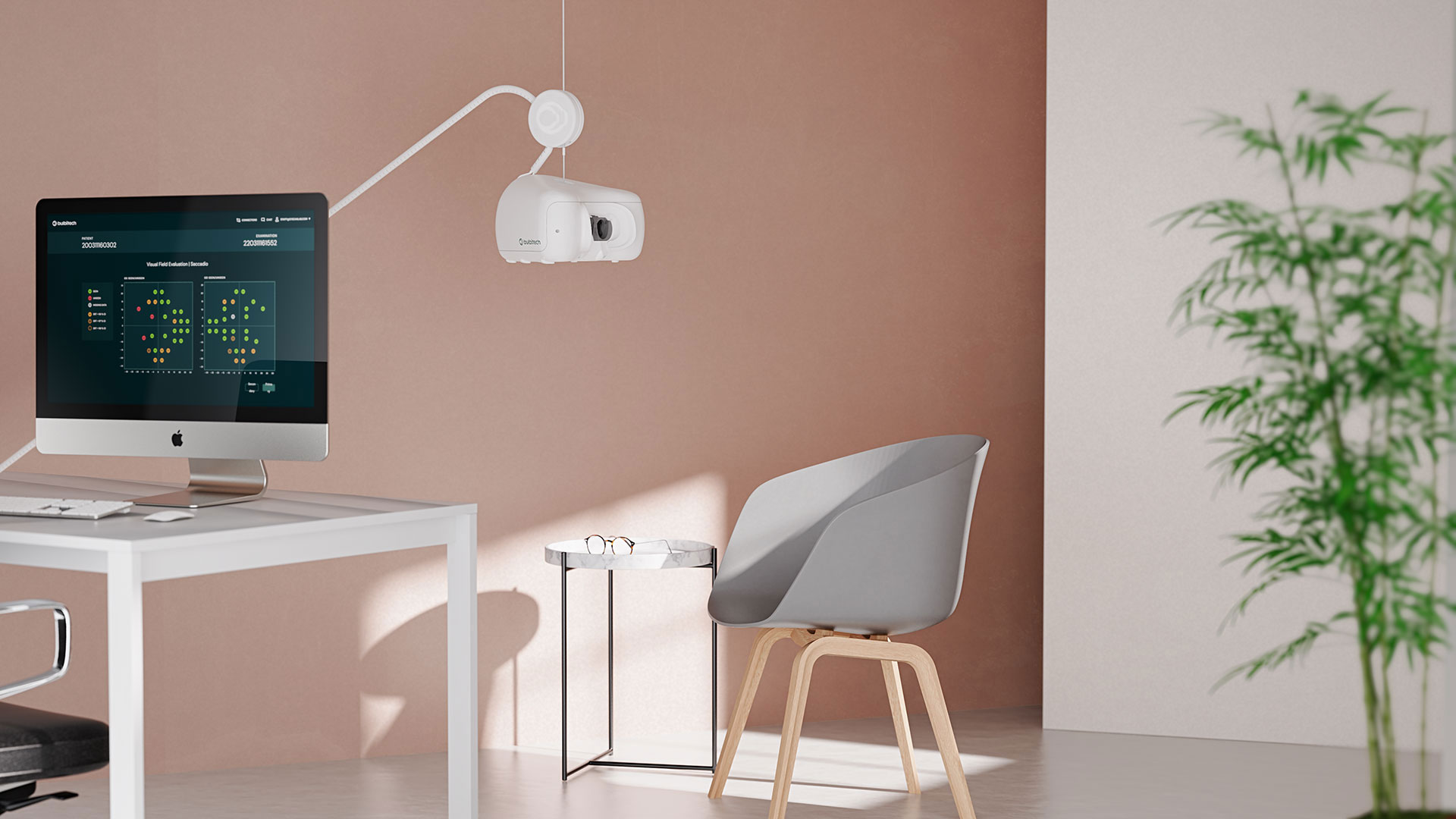Improving access to Neuro-Ophthalmology through eye tracking technology

How do you improve access to Neuro-Ophthalmology?
A survey published at NANOS – North American Neuro-Ophthalmology Society conducted by Moss, Heather, Lai, Kevin & Ko, Melissa about the benefits, barriers and utility of Telehealth shows that Telehealth modality usage amongst neuro-ophthalmologists increased during the COVID-19 pandemic.
In 2002 Bremer et al. already discussed the usefulness of teleconsultations in Neuro-Ophthalmology in the Journal of Telemedicine & Telecare. They concluded that symptoms such as ptosis were easily elicited using videoconferencing.
At the annual event of the North American Neuro-Ophthalmology Society, held from March 7th-12th in Amelia Island, USA Heather Moss MD, Phd emphasized the problem that patients face globally: Reduced access to neuro-ophthalmologists. In her lecture she pointed out that there are 490 neuro-ophthalmogists in the US, resulting in one available neuro-ophthalmologist available for 650.000 US citizens.
Many neuro-ophthalmologists today express they still need to perform a lot of neuro-ocular testing manually. In addition they have to use a lot of diagnostic devices and once the test results are available they require to insert these results manually in a Electronic Medical Record (EMR) or in administration system for billing purposes.
At BulbiTech we address these problems neuro-ophthalmologists face today by integrating multiple neuro-ocular examinations in one eye tracking based diagnostic device and present the outcome of these test results in one dashboard overview in a Telehealth / Telemedicine ready software platform. This results in less patient chair time, less costs and an efficient workflow the neuro-ophthalmologists and eventually an improved access to neuro-ophthalmolgy for the patient.
Sources:
